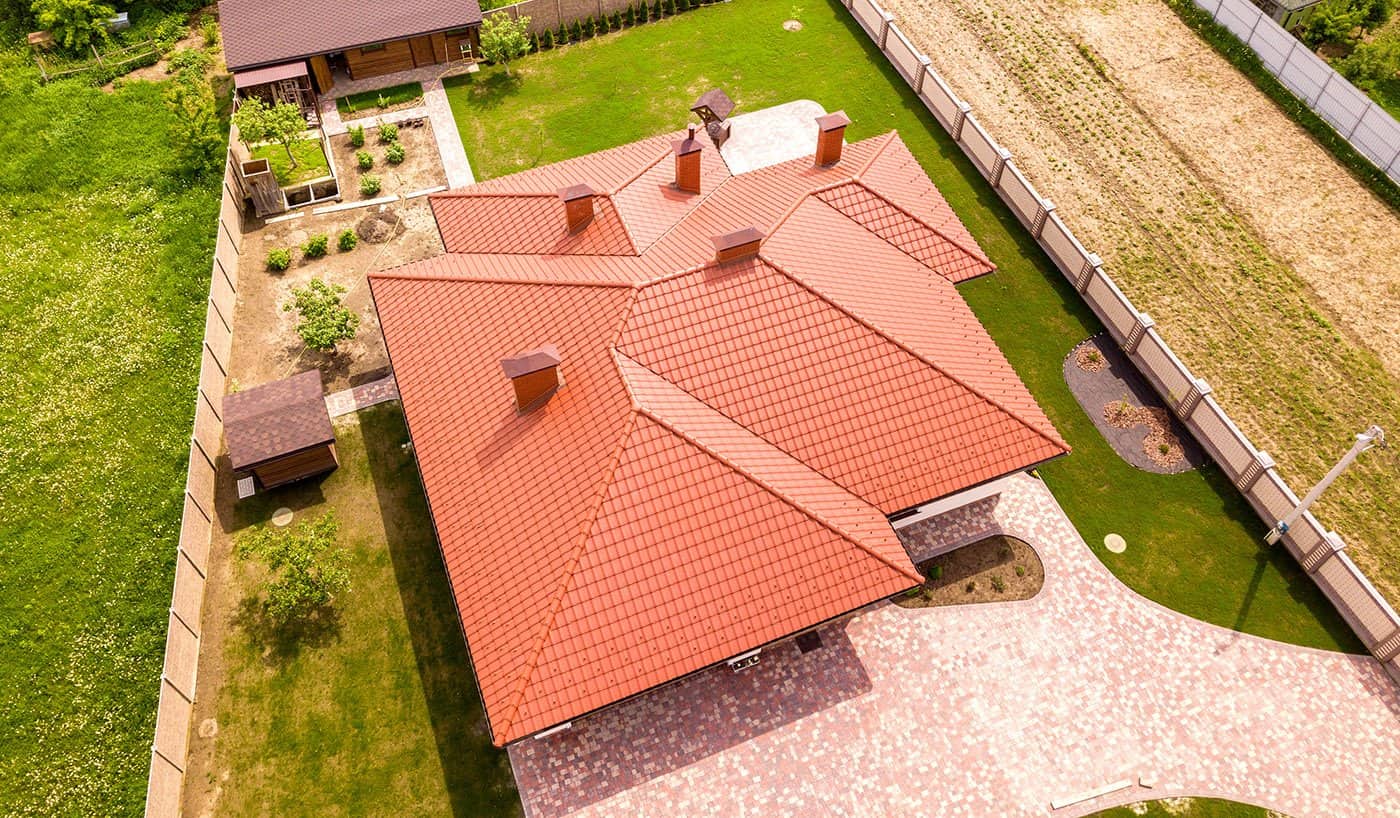Are you wondering if your roof insurance claim will be covered? Well, there are several factors that determine whether or not your claim will be approved. This article will provide you with valuable information on the key factors that insurance companies consider when evaluating your roof damage claim.
First and foremost, the age and condition of your roof play a crucial role in determining coverage. Insurance companies may take into account the overall lifespan of your roof and its current state. If your roof is relatively new and well-maintained, chances are higher that your claim will be covered. On the other hand, if your roof is older or has existing issues, such as wear and tear or previous damage, it might affect the approval process.
Another important factor to consider is the cause of the damage. Insurance policies typically cover damages caused by unexpected events like storms, hail, fire, or vandalism. However, damages resulting from poor maintenance or normal wear and tear may not be covered. It’s essential to understand what types of damages are included in your policy so that you can accurately assess whether or not you have a valid claim.
By understanding these key factors that determine roof insurance claim coverage, you can better navigate through the claims process with confidence. Remember to document all evidence of damage and ensure proper maintenance and installation throughout the life of your roof to increase the likelihood of successful coverage approval.
Now let’s dive deeper into each factor to help you make an informed decision about filing a roof insurance claim.
Age and Condition of Your Roof
The age and condition of your roof can significantly impact the coverage you receive for your insurance claim. When it comes to roof replacement or repair, insurance companies take into consideration how old your roof is and its overall condition.
If your roof is relatively new and well-maintained, chances are you’ll have a better chance of getting a higher coverage amount. On the other hand, if your roof is older and has signs of wear and tear, the insurance company may only offer partial coverage or deny your claim altogether.
Insurance companies want to ensure that they’re not paying for damage caused by neglect or poor maintenance. If your roof is older and in need of regular repairs, it may be seen as a pre-existing issue rather than damage caused by a specific event like a storm.
However, if you can demonstrate that any damage was sudden and unforeseen, such as from a fallen tree or severe weather conditions, you may still be eligible for coverage. It’s important to regularly inspect and maintain your roof to keep it in good condition and reduce the risk of potential denials or limitations on your insurance claim.

Cause of the Damage
When assessing the cause of damage, you’ll want to envision a scenario where strong winds mercilessly pummel your roof. The cause of the damage plays a significant role in determining your roof insurance claim coverage. Insurance companies will carefully examine the reason behind the damage to determine if it falls under their policy guidelines.
One factor they consider is the type of roofing materials used. Some materials are more prone to damage than others, such as asphalt shingles being more susceptible to wind uplift compared to metal roofs. If your roof was damaged due to a covered peril like a storm or hail, your insurance claim is likely to be approved.
Weather conditions also play a crucial role in determining your insurance claim coverage for roof damage. Insurance companies take into account the severity and frequency of weather events in your area when assessing claims. Live in an area prone to frequent storms or extreme weather conditions, such as hurricanes or tornadoes. There may be specific provisions and deductibles related to these events in your policy.
It’s important to review your policy thoroughly and understand what types of weather-related damages are covered and any limitations that may apply. By understanding the cause of the damage and how it relates to roofing materials and weather conditions, you can better navigate the process of filing an insurance claim for roof repairs or replacement.
Proper Maintenance and Installation
Ensure you regularly maintain and properly install your roof to safeguard against costly repairs or replacements. Regular roof inspections are essential in identifying any potential issues before they escalate into major problems. By scheduling routine inspections with a professional roofing contractor, you can catch small leaks, loose shingles, or damaged flashing early on and have them repaired promptly.
This proactive approach not only helps prevent further damage but also reduces the likelihood of extensive repair costs down the line.
In addition to regular inspections, proper installation is crucial for maximizing the lifespan of your roof. Hiring a reputable and experienced roofing contractor ensures that your roof is installed correctly from the start. A poorly installed roof can lead to numerous problems such as leaks, premature deterioration, or even structural damage.
By investing in quality installation, you can minimize the risk of future issues and potentially save significant amounts on repair costs. Remember that neglecting maintenance or opting for subpar installation may result in insurance claim denials if damages occur due to these factors.
So take the necessary steps to maintain and install your roof properly, protecting both your home and your wallet in the long run.
Insurance Policy Terms and Deductibles
One key aspect to keep in mind when it comes to your roof is understanding the terms and deductibles of your insurance policy. It’s important to familiarize yourself with the specific details of your coverage, including what is and isn’t included in your policy.
This will help you navigate the insurance claim process more effectively and ensure that you receive the appropriate coverage for any damages or repairs needed.
Insurance policies often have coverage limits, which determine the maximum amount that will be paid out for a claim. These limits can vary depending on factors such as the age and condition of your roof, as well as any previous claims you may have made.
Understanding these limits can help you manage expectations and plan accordingly if you need to make a claim. Additionally, knowing your deductible is crucial. This is the amount of money you are responsible for paying before your insurance kicks in.
By having a clear understanding of your deductible, you can make informed decisions about whether or not it makes financial sense to file a claim for smaller repairs or damages.
Overall, being aware of the terms and deductibles outlined in your insurance policy is essential when it comes to protecting your roof. By understanding these aspects, you can navigate the insurance claim process more smoothly and ensure that you receive appropriate coverage within the specified limits.

Take some time to review your policy documents carefully so that you have a solid grasp on what is covered and what costs may be involved should any damage occur to your roof.
Documentation and Evidence of the Damage
Make sure you gather all the necessary documentation and evidence of the damage to effectively support your insurance claim for your roof. One of the most crucial pieces of evidence is photographs. Take pictures of the damaged areas from different angles, making sure to capture close-ups as well as wider shots that show the overall extent of the damage. These photographs will provide visual proof and help your insurance company understand the severity of the situation.
Remember, a picture is worth a thousand words, so make sure to document every detail.
Another important step is to get an expert roof inspection. Having a professional assess the damage and provide a detailed report can greatly strengthen your insurance claim. An experienced roofer can identify hidden damages that may not be immediately apparent and provide an accurate assessment of repair costs. This inspection report will serve as solid evidence when negotiating with your insurance company.
By having both photographs and an expert’s opinion, you are increasing your chances of getting fair coverage for your roof repairs or replacement.
Remember, gathering proper documentation and evidence is key to maximizing your roof insurance claim coverage. So don’t forget those important photographs and invest in an expert inspection report. These steps will help ensure that you have strong supporting evidence when dealing with your insurance provider, ultimately leading to a more successful outcome for your claim.















